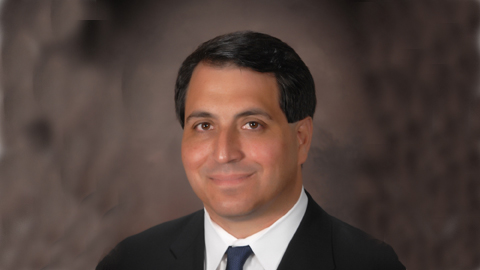Net Lease Column: The Rise of the Medical Sector
By Randy Blankstein, President, The Boulder Group: Why the medical sector might be the next big thing for net lease investors.
By Randy Blankstein, President, The Boulder Group
 Cap rates in the single-tenant net-lease medical sector compressed in the third quarter of 2015, with the median asking cap rate declining by 22 basis points from a year ago. This can be primarily attributed to the growing investor interest and demand as a result of the country’s increasing aging population. In addition, most medical-related leases feature rental escalations and credit tenant lease guarantees, which are highly sought-after attributes among net lease investors. The growing presence of the 65+ demographic, who more frequently visit the doctor, also supports the positive outlook for the healthcare sector overall.
Cap rates in the single-tenant net-lease medical sector compressed in the third quarter of 2015, with the median asking cap rate declining by 22 basis points from a year ago. This can be primarily attributed to the growing investor interest and demand as a result of the country’s increasing aging population. In addition, most medical-related leases feature rental escalations and credit tenant lease guarantees, which are highly sought-after attributes among net lease investors. The growing presence of the 65+ demographic, who more frequently visit the doctor, also supports the positive outlook for the healthcare sector overall.
The median cap rate for the net lease medical sector was 15 basis points below the overall net lease market as of the third quarter of 2015. Investors are drawn to this sector, as seen by the 40 percent of properties that are tenanted by investment-grade-rated companies. Additionally, the lower price points associated with this sector have garnered interest from 1031 buyers who traditionally purchase net-leased retail assets. The median price for net-leased medical properties in the third quarter of 2015 was approximately $2.5 million.
An increase in new tenants to the net lease medical sector also continues as the shift from traditional hospital and on-campus office locations moves toward convenient and easily accessible freestanding locations. These new locations are largely in areas traditionally frequented by retail tenants, including shopping centers and areas along primary thoroughfares. The sector should continue to grow as the demographic makeup of the population shifts. According to the U.S. Census Bureau, seniors over the age of 65 made up 13.4 percent of the population in 2012; however, this age group will increase to 22.1 percent by 2050. The aging demographic creates a strong outlook for this sector, as seniors age 65 to 74 and 75+ average 6.2 and 7.2 doctor visits per year, respectively, according to the U.S. Centers for Disease Control and Prevention. The overall average across all age spectrums is 3.3 visits annually.
The single-tenant net-lease medical sector will remain active because investors are encouraged by the long-term outlook for healthcare as the aging demographic grows. As the trend continues for new locations in easy-access and traditional retail areas, look for more 1031 investors and historically private retail buyers to evaluate this asset class.







You must be logged in to post a comment.